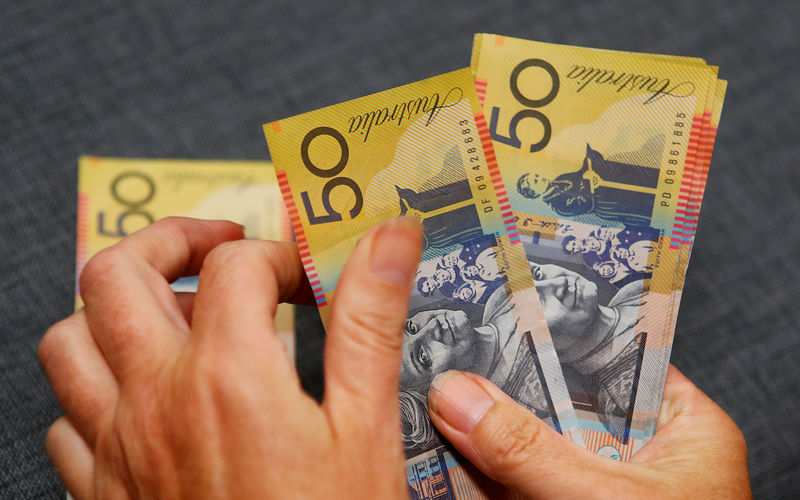Investing.com-- Australian consumer price index inflation grew less than expected in October as government subsidies helped lower energy expenses, although core inflation rose further above the Reserve Bank’s target range.
CPI inflation grew 2.1% year-on-year in October, data from the Australian Bureau of Statistics showed on Wednesday. The reading was weaker than expectations of 2.5% and remained steady from the prior month.
Underlying inflation, as represented by annual trimmed mean inflation, rose 3.5% in October from 3.2% in the prior month, remaining well above the RBA’s 2% to 3% annual target range.
CPI inflation excluding volatile items and holiday travel fell to 2.4% in October from 2.7% in the prior month.
Wednesday’s softer-than-expected headline CPI reading comes as government subsidies on utility costs- particularly fuel and electricity- helped bring down broader price pressures in recent months.
But stickiness in underlying inflation indicated that price pressures still remained biased to the upside, amid resilience in household spending and strength in the Australian job market.
Sticky underlying inflation gives the Reserve Bank of Australia more headroom to keep interest rates higher for longer. Westpac analysts said in a recent note that the RBA was now likely to begin cutting interest rates later in 2025 than initially expected.
The central bank said during its November meeting that while inflation was falling in line with its expectations, it still needed to see more progress on prices before it could consider any monetary easing.
The RBA only expects inflation to sustainably reach its annual target by 2026.
